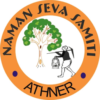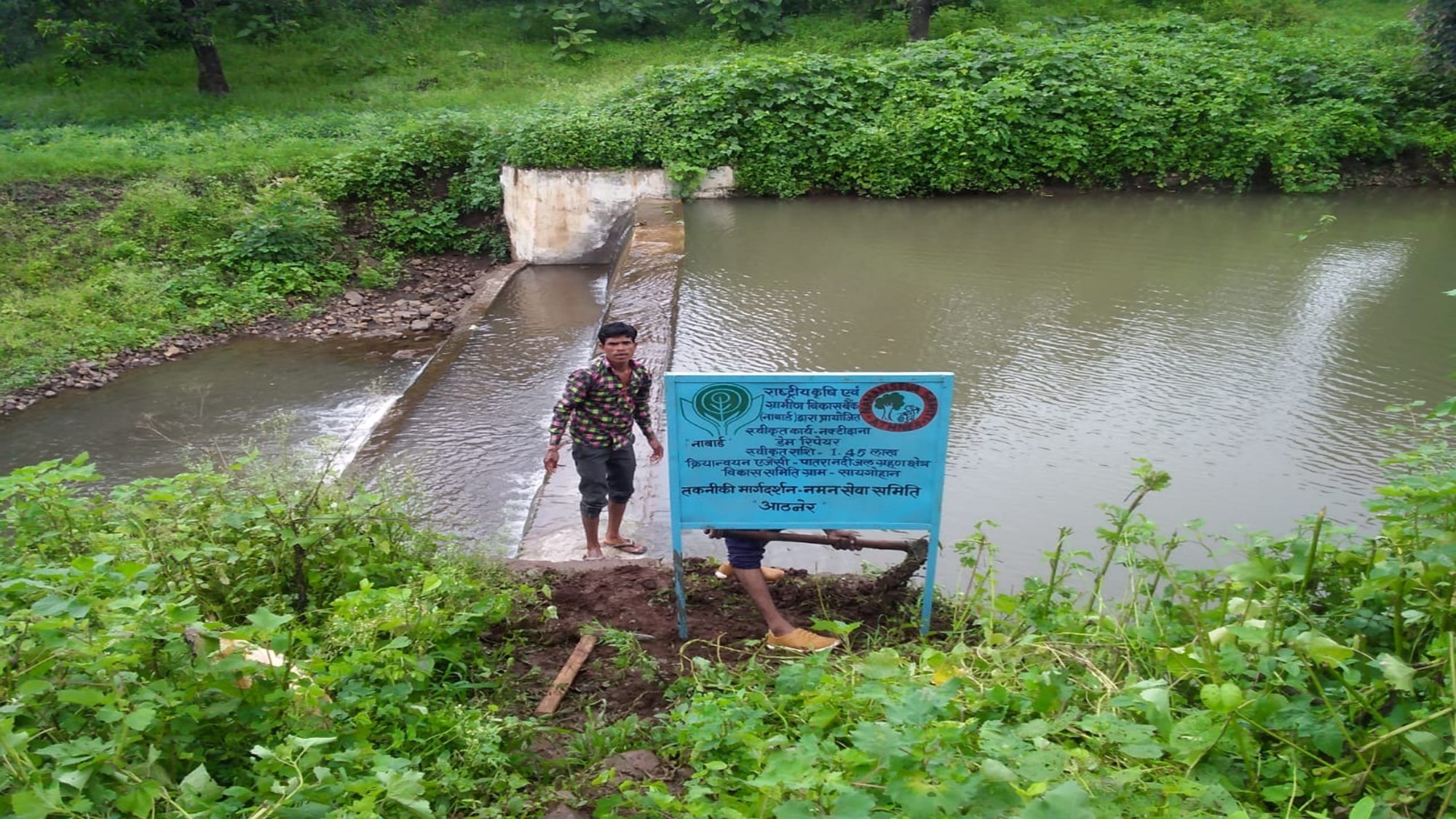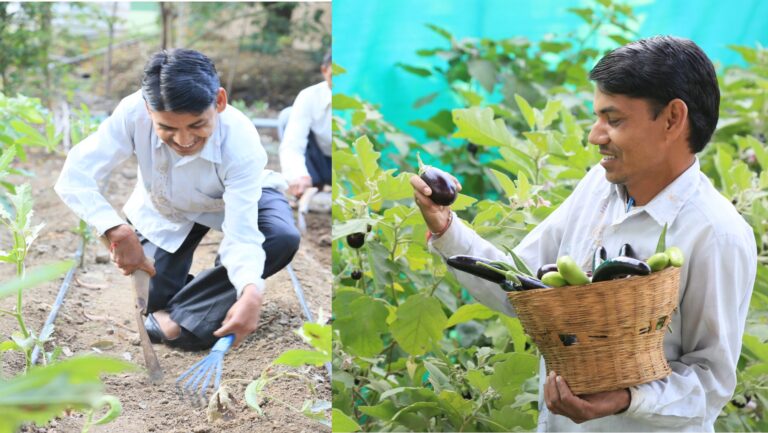Increasing human and livestock population are rapidly depleting the existing natural resources base because the soil and vegetation system cannot support present level of use. Sigohan in Betul, Madhya Pradesh was one such area which needed urgent attention if socio-economic conditions were to be improved in sub-optimal rainfed conditions. Sigohan Watershed Development Project was launched with the objective of restoring the ecological balance by harnessing, conserving and developing degraded natural resources such as soil, vegetative cover and water. Total population in area covered under watershed is 1660 while total 296 households are covered under this project. Out of that 863 men and 797 women are found.
The programme design ensured adoption of participatory process-oriented approach ensuring the active participation of stakeholders. The Impact Assessment of this interventions provided valuable learnings.
30% increase in Seasonal and Perineal Irrigation Area
There are significant changes in agriculture production directly linked to the project interventions. The data shows that there is a significant increase in seasonal and perineal irrigation area by 30% to the pre-watershed area. At pre-development phase of the project, the total cereals production with annual availability per capita was 150 kg which has been enhanced by 250 kg per capita annually.
Increased from 8% to 23% of Dug Well Utilization in Summer
Due to increase in ground water level though watershed, the dug well utilization in summer increased from 8% to 23% & seasonal (Kharif & Rabbi) utilization enhanced to 75% from 68%. The defunctness of dug wells reduced to half (12% from 24%).
40% Increase in Area of irrigation & 20% Increase in Crop density
Area under watershed development witnessed significant increase in cropping area (net sown area) throughout the year by 31% comprising of 18% in Kharif, 64% in Rabbi & 56% in summer. The enhanced cropping area includes wasteland & grazing land. The area of irrigation increased significantly by 40% & crop density increased by 20%. There is substantial growth in cropping area due to availability of adequate water for irrigation. There is 60% progression in cropping area of soyabean, Tur/Arhar by 22%, Maize by 52%, wheat by 64% & chana by 56%. It observed that only Jawar & Groundnut area reduced by 2 Ha each. It has been analyzed that diversion of farmers towards cash crop soyabean, tur in kharif & wheat & Chana in rabbi after interventions.
Significant Increase in Crop Wise Production Per Hectare
The crop wise production per hectare enhanced significantly due to adequate water availability to crop at each and every stage of growth. In concerning of cereals, the production almost doubled i.e. increased by 50%, wheat by 42%, pulses by 40%, edible oilseeds by 20%, Maize by 60%, Tur by 33%, groundnut by 40%, Jawar 38%, Kutaki by 40% & soybean by 33%. The farmers started getting the horticulture and floriculture yield additionally as surplus.
Improved Variety of Horticulture Plants; Availability of Surplus 1 Kg of Fruits Per Capita
Systematically, the project has improved varieties of horticulture plants and there is an increase in plantation area significantly after the watershed i.e., custard apple by 17%, mango by 24%, guava by 33%, Aamla & Tamarind by 50% each. There is reduction in soil erosion & and improvement on soil quality due to increase in vegetation (greenery) due to watershed. Water availability enhanced production in horticulture that results availability of surplus 1 kg of fruits per capita with providing healthy & nutritious diet to families.
40% Increase in Number of Livestock
Watershed development led to an increase in number of livestock by 40% that includes bullock, cows (cross breed), goats & buffalo. In addition, an increase in population of livestock by 40% resulted enhanced in milk production by 58% contributing a substantial improvement in income levels. The area of fodder production increased by 69% and milk collection increased by 58%. There is adequate fodder & water for cattle resulting in good health and satisfactory milk production. On the other side farmers have booked a portion of agriculture land for fodder production. There is significant enhancement in fodder production from hortipasture up to 2000 Qtl. as an outcome of the project.
45% Average Increase in Household Annual Income
An analysis of pre & post income for sampled households it has been revealed that there is 45% increase in average annual income of the household. came in observation that before project intervention there was around 91% of the families migrating seasonally for employment nearby marketplaces or town. After the project intervention the rate of migration reduced to 20% due to creation of employment in various sectors within village itself.
Positive Impact on Socio-Economic Indicators
The project also impacted socio-economic conditions of the families engaged in the project. There are two household biogas plant installed, 290 new LPG gas connections & 80 smokeless chulhas during project implementation. Development of 110 new kitchen gardens, 270 individual toilets & 4 soak pits developed. The number of wells increased by 13% & 207 new television sets during the project. Number of bicycles reduced by 43% as 120 new motorcycles purchased in cluster. There are four new tractors procured during the project implementation. Total cropping area increased by 31% comprising of 18% in Khari, 64% in Rabbi & 56% in summer
58% increase in Agriculture Employment
The study in overall manner it has been observed that there is increase in employment opportunity in project area in man-days by 62.5%. There is creation of employment in various sectors farm/non-farm etc. Throughout study it has been revealed that there is 58% increase in income from agriculture, 67% from animal husbandry, 67% in business enterprises, 50% in extension services, 60% in wage employment and 60 in pension scheme.
The impact study of Sigohan watershed project informs that there is enhanced in agriculture employment by 50%, the average land value increased by 63% out of that cropland value is enhanced by 75% and wasteland (Rainfed) value by 33% due to irrigation facility.
Challenging Discriminatory Gender Roles
Women empowerment and their participation in various development aspects plays vital role towards sustainability, therefore project emphasized on gender aspects plays crucial role socio economic development.
By: Shishir Kumar, Director – Naman Seva Samiti




